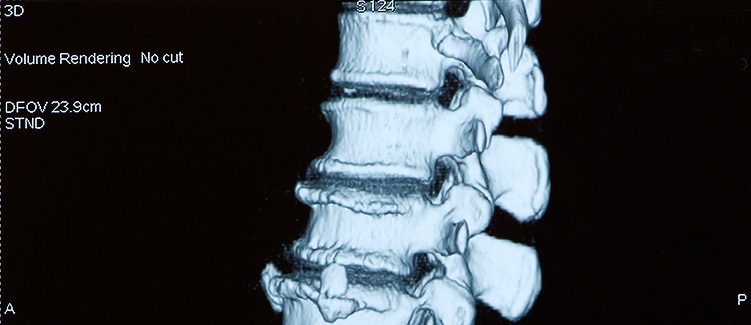Amazingly complex, remarkably strong, and incredibly flexible, your back is one of the most important parts of your body. Without it, you couldn’t stand up straight, walk on the street, or dance the night away.
But as we age, our backs often become a source of pain.
Never Miss a Beat!
Subscribe to Our HealthBeat Newsletter!
Thank you for subscribing!
You can now select the specific newsletters you'd like to receive.
You are already subscribed.
Subscribe to more newsletters in our email preference center.
Sorry, an error occurred. Please try again later.
Get Healthy Tips Sent to Your Phone!
What Is Spinal Stenosis?
If you’re over the age of 50, your back pain may be the result of spinal stenosis — the narrowing of the spinal column — which is most often caused by osteoarthritis.
Types of spinal stenosis
- Lumbar spinal stenosis is caused by a narrowing of the spinal column in the lower back that affects the legs and feet.
- Cervical spinal stenosis, which occurs higher up in the spine, causes symptoms in the arms and hands. Symptoms typically progress over time.
“If the narrowing compresses nerves in the spinal cord, you may experience pain and stiffness, numbness or weakness in the legs or arms, a loss of balance, or difficulty walking distances,” said Mark A. Fye, MD, orthopaedic spine surgeon.
“Because back pain can be a symptom of several other illnesses and conditions, it’s important to see an orthopaedic specialist to find out the cause of your pain,” he said.
Treatment of Spinal Stenosis
Treatment for spinal stenosis varies. For mild to moderate stenosis, you may get relief by sitting, lying down, or leaning forward while standing or walking. Your doctor also may suggest:
- Anti-inflammatory medication.
- Pain medicine.
- Physical therapy.
- Steroid injection and nerve blocks.
Radiofrequency ablation also may be suggested, which uses radio waves to heat up nerve tissue to reduce pain.
When these common treatment options don’t work, you may be referred to a spine specialist who can talk to you about surgical options.
Laminectomy — also known as decompression surgery — is the most common approach to relieve pain and pressure on the spinal cord or nerves. It involves removing the rear part of one or more vertebra (bones of the spine).
on, visit our website.
Editor's Note: This article was originally published on , and was last reviewed on .
About UPMC Orthopaedic Care
When you are dealing with bone, muscle, or joint pain, it can affect your daily life. UPMC Orthopaedic Care can help. As a national leader in advanced orthopaedic care, we diagnose and treat a full range of musculoskeletal disorders, from the acute and chronic to the common and complex. We provide access to UPMC’s vast network of support services for both surgical and nonsurgical treatments and a full continuum of care. Our multidisciplinary team of experts will work with you to develop the treatment plan that works best for you. Our care team uses the most innovative tools and techniques to provide better outcomes. We also are leaders in research and clinical trials, striving to find better ways to provide our patients care. With locations throughout our communities, you can find a provider near you.
